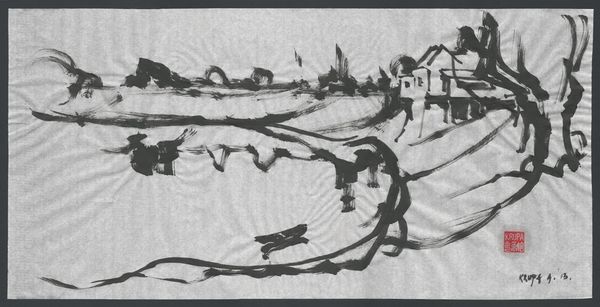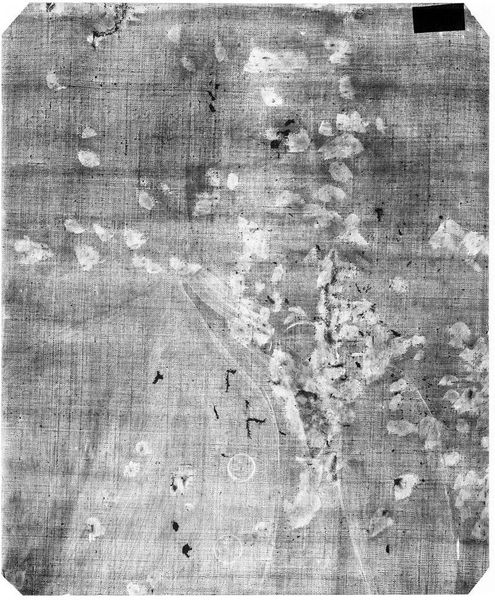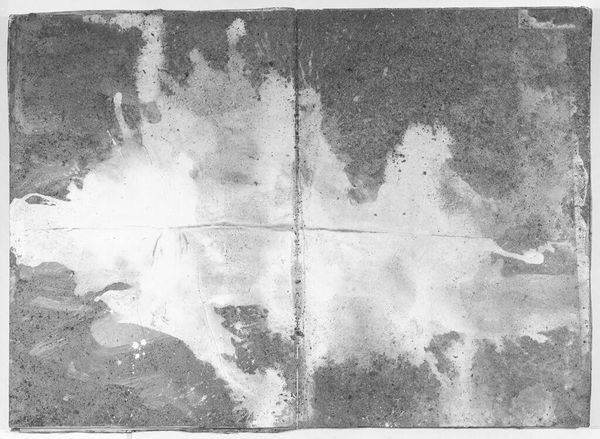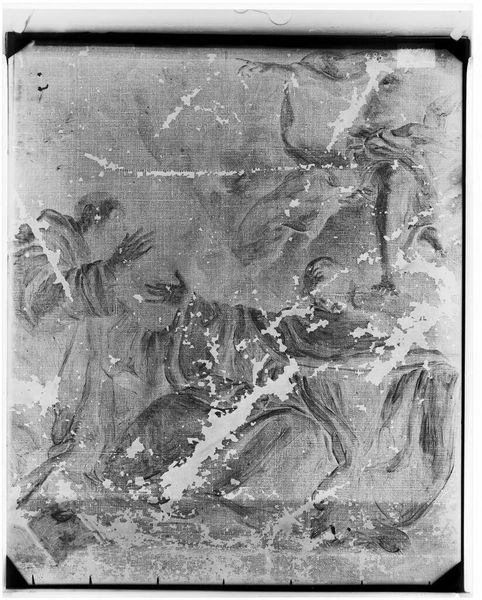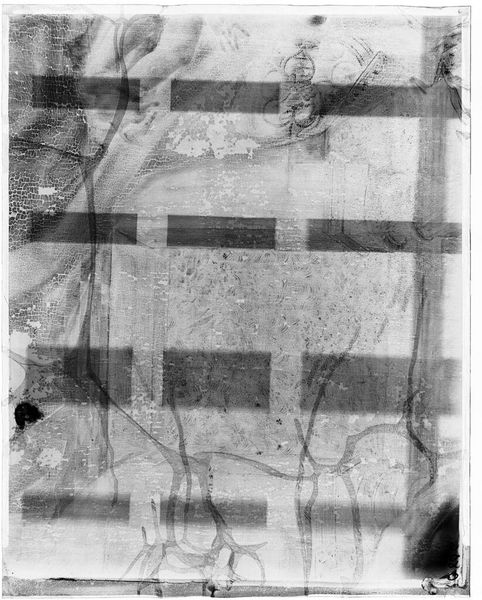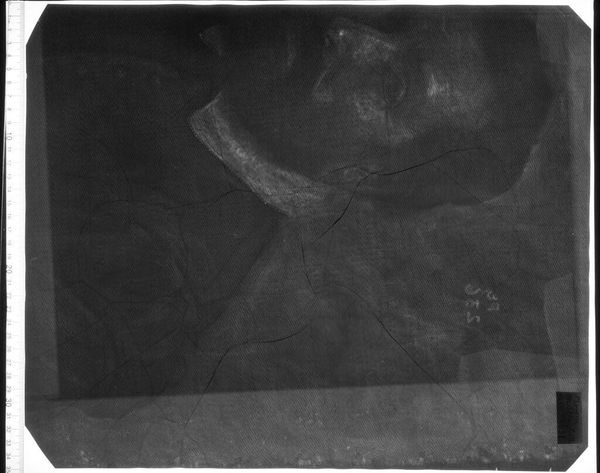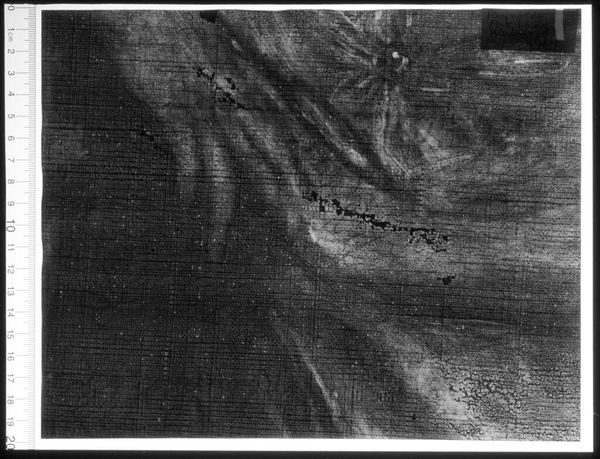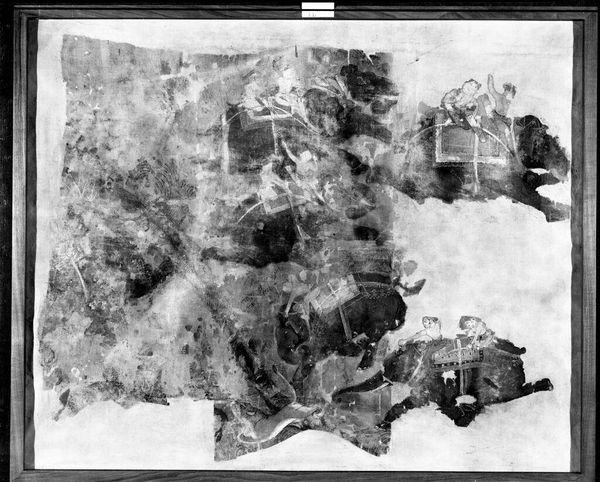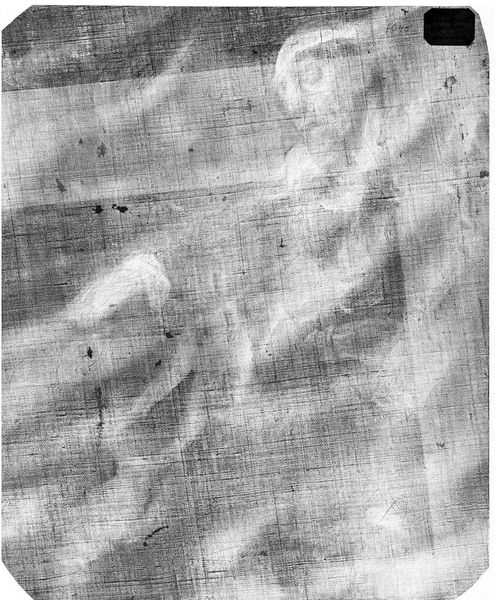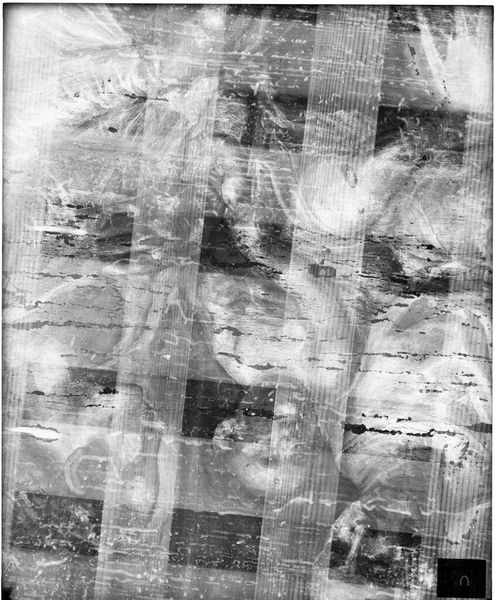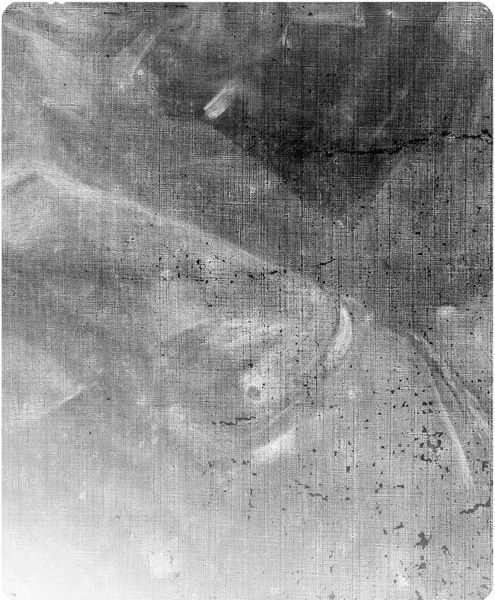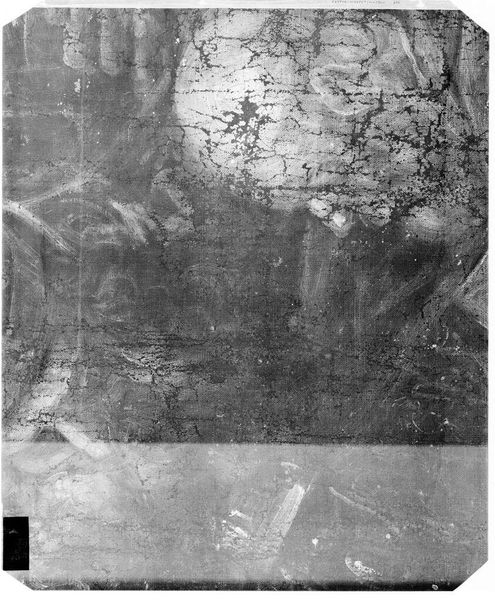
drawing, tempera, dry-media, pencil
#
portrait
#
drawing
#
baroque
#
tempera
#
caricature
#
dry-media
#
pencil
#
history-painting
Dimensions: 215 mm (height) x 153 mm (width) (bladmaal)
Editor: Here we have an anonymous work titled "Caricature portrait of a man," dating somewhere between 1650 and 1750. It appears to be a drawing, using pencil and tempera, currently residing at the SMK in Copenhagen. It’s definitely a loose sketch, seemingly unfinished with smudges scattered all over. I am intrigued by the bold, almost exaggerated lines. What elements stand out to you most prominently? Curator: The compelling aspect resides within the interplay of line and form. Observe how the artist employs line to construct the contours of the figure. Note the strategic variation in line weight and density, contributing to a sense of depth. These calculated arrangements give form to both the physical appearance of the sitter and convey something more ephemeral: personality and perhaps commentary. Consider how this visual economy creates movement across the image plane, subtly dictating our visual journey. Editor: So you're focusing on the technique. What about the composition as a whole? It seems kind of unbalanced. Curator: Precisely! The asymmetrical balance achieved via exaggeration pushes us to question conventional notions of portraiture. The application of baroque aesthetics emphasizes movement, while this application also inherently suggests imbalance and asymmetry. The essence is not in duplication, but rather, interpretation. Ask yourself, how does it depart from traditional approaches and what statements might these deviations offer? Editor: I see, so it’s about disrupting expectations of what a portrait *should* be through the manipulation of form. What do you make of the…stains? They feel disruptive to me. Curator: The seeming imperfections, in essence, transcend imperfections themselves and morph into intrinsic components within the artwork. They provide an alternate dimension when discussing technique, challenging viewers to confront not solely what it encompasses, but also the conditions it persists through. Perhaps consider them indicators reflective to our engagement when deciphering underlying messages held within formal artistic elements? Editor: That's an interesting way to see it. I guess I was too focused on what I thought was wrong with the drawing to see how those aspects could be strengths. Thank you for opening my eyes to this new perspective!
Comments
No comments
Be the first to comment and join the conversation on the ultimate creative platform.
